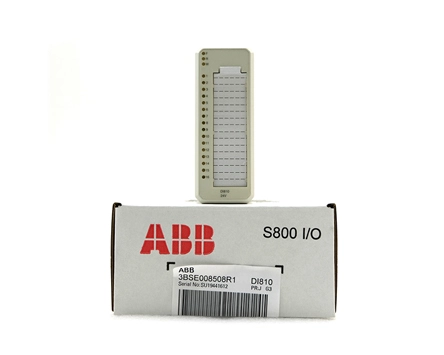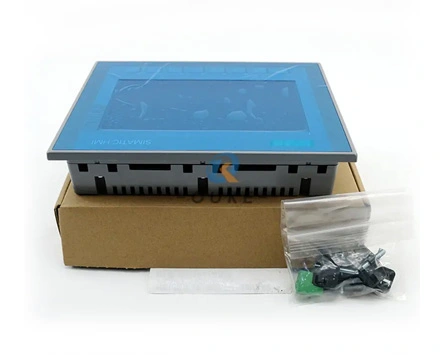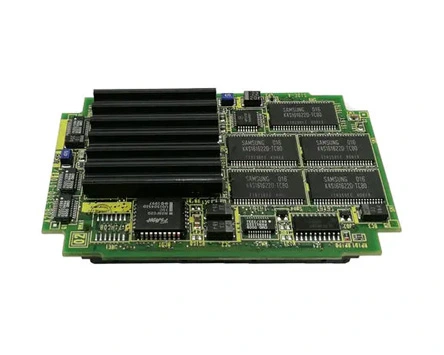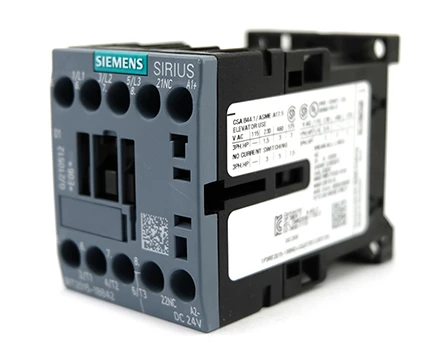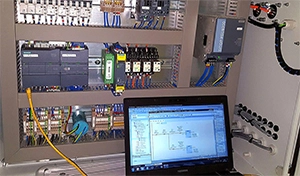
Servo systems are widely used in various industries for precise control of motion and positioning. These systems consist of several essential elements that work together to ensure accurate and efficient operation. In this blog, we will delve into the basic elements of a servo system, including the servo driver, servo motor, CNC controller, and servo encoder, shedding light on their functions and importance.
The servo motor driver acts as the brain of the servo system. It receives control signals from the CNC controller and converts them into electrical signals that drive the servo motor. The servo driver is responsible for regulating the motor’s speed, torque, and position, ensuring precise and smooth motion control. It plays a crucial role in maintaining the stability and accuracy of the servo system.
The CNC servo motor is the heart of the servo system, responsible for converting electrical energy into mechanical motion. It provides the necessary torque and speed to move the machinery or equipment. Servo motors are known for their high precision, responsiveness, and dynamic performance. They are available in various types, such as AC servo motors and DC servo motors, each suitable for specific applications.
The CNC servo controller acts as the central control unit of the servo system. It receives commands and instructions from the operator or a computer program and sends corresponding signals to the servo driver. The CNC controller determines the desired motion, speed, and position, ensuring accurate and synchronized movement of the servo system. It plays a vital role in achieving precise control and automation in various applications, such as CNC machining.
The CNC machine encoder is a feedback device that provides real-time information about the position, speed, and direction of the servo motor. It works in conjunction with the servo driver to ensure accurate positioning and motion control. By continuously monitoring the motor’s actual position and comparing it with the desired position, the servo encoder enables the servo system to make necessary adjustments, minimizing errors and ensuring high precision.
The successful operation of a servo system relies on the seamless integration and optimization of its elements. The servo driver, servo motor, CNC controller, and servo encoder must be carefully selected and configured to work harmoniously. Proper tuning and calibration of the system are essential to achieve optimal performance, accuracy, and efficiency. Regular maintenance and periodic checks are also crucial to ensure the longevity and reliability of the servo system.
Servo systems are essential for precise motion control in various industries. Understanding the basic industrial automation products, including the servo driver, servo motor, CNC controller, and servo encoder, is crucial for optimizing their performance. These elements work together to provide accurate positioning, speed control, and motion synchronization. By selecting high-quality components and ensuring proper integration and calibration, businesses can harness the full potential of servo systems, achieving enhanced accuracy, efficiency, and productivity in their operations.
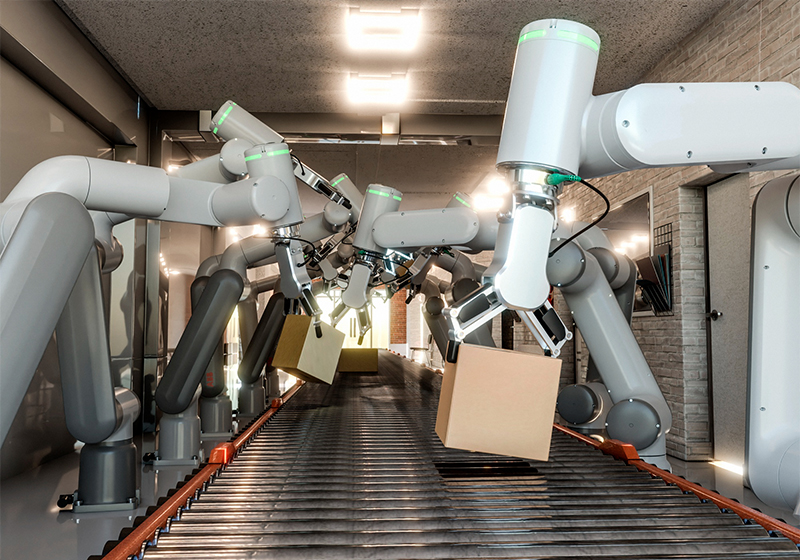
 English
English 日本語
日本語 한국어
한국어 français
français Deutsch
Deutsch Español
Español italiano
italiano русский
русский العربية
العربية Türkçe
Türkçe Jawa
Jawa